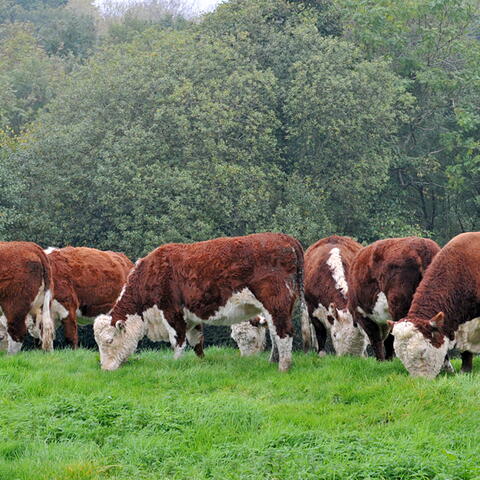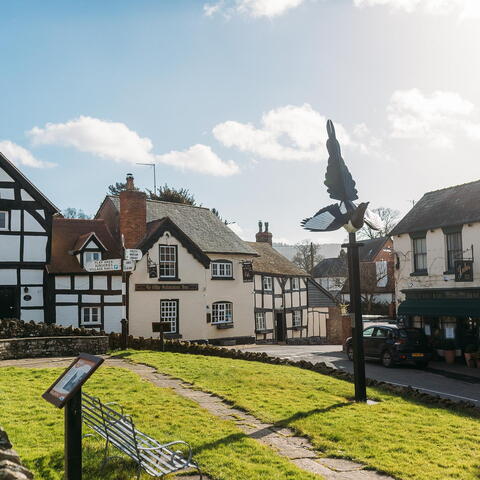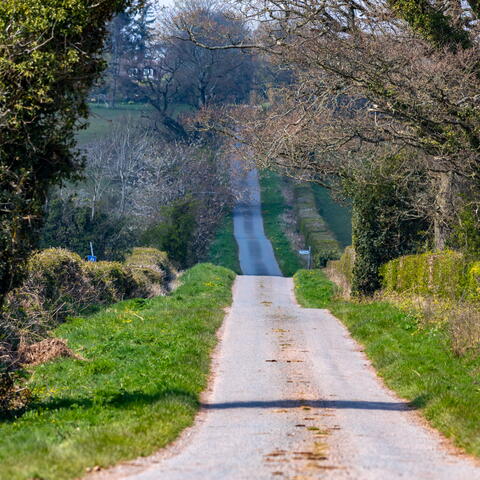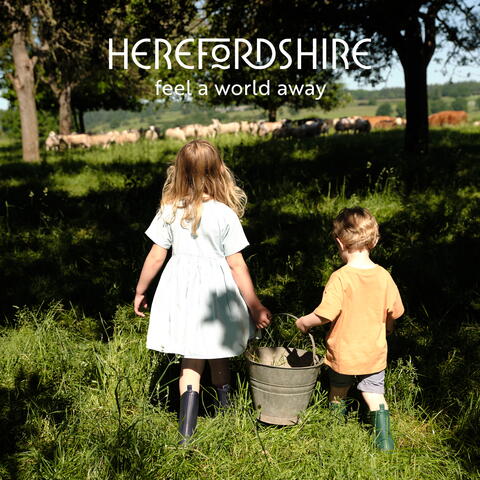Herefordshire’s Literary Links
From C.S. Lewis to Arthur Conan Doyle, read about how our tiny county has inspired many literary greats

1. C.S.Lewis
The spellbinding Neolithic burial mound, Arthur’s Stone, was the inspiration for the stone slab on which Aslan was sacrificed in C.S.Lewis’ The Lion, The Witch & The Wardrobe.
2. Sir Arthur Conan Doyle
The Hound of the Baskervilles originates from Sir Arthur Conan Doyle’s visit to the county. He knew the local Baskerville family and the legend that a black hound was a harbinger of death for the Herefordshire Vaughan family. In the 15th century, the spirit of Thomas (Black) Vaughan terrorised the people of Kington, after his death at the Battle of Banbury in 1469. His spirit was eventually exorcised by 12 priests and confined to a snuff box at the bottom of Hergest pool in front of their home, Hergest Court. Today, his tomb lies in Kington Church.

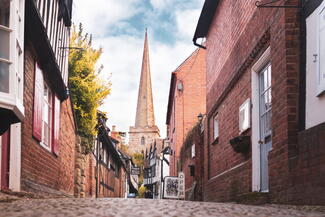
3.John Masefield
Ledbury’s charms could easily be described as A Box of Delights. John Masefield went to sea at the age of thirteen and never returned to live in the town, yet much of his poetry reflects Ledbury and the surrounding countryside. In particular, the magnificent church of St. Michael’s and All Angels and its bells had a profound influence on him. The Everlasting Mercy and On Eastnor Knoll are based near Eastnor, a village just up the road.
4. Elizabeth Barrett Browning
Also in the vicinity is Hope End, once the childhood home of Elizabeth Barrett Browning. She came to live here in 1809 at the age of three and her delightful poem The Lost Bower is set in the wood above her home. The Barrett Browning Institute, with its distinctive clock tower, was erected in her memory and is today the new home of the international Ledbury Poetry Festival.
Quote
“ The most lovely graces of nature are here combined.”
5. Francis Godwin
In Hereford, Bishop Francis Godwin (1617-1633) wrote the first science Fiction story The Man in the Moone.
6. Revd. Merrily Watkins
Meanwhile, in modern times Phil Rickman’s novels, featuring Revd. Merrily Watkins, sees the action travel to historic spots across the county, including Hereford Cathedral, Hay-on-Wye, Garway Church (built by the Knight’s Templar) and the black and white villages in the north.
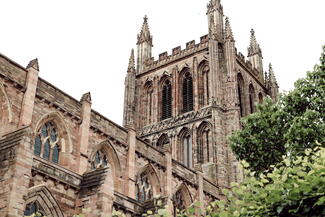
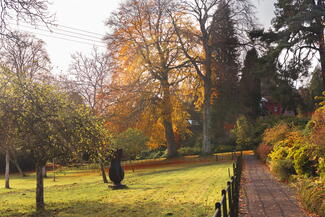
7. Revd. Francis Kilvert
Clyro is the spot where the diarist Revd. Francis Kilvert wrote his first diary entry in 1870, when he was curate there from 1865 -1872. If you drive on to Bredwardine Church you will see where he was Vicar from 1877 - 1879. He died tragically, aged 39, in September 1879, only five weeks after getting married. On his gravestone these words are inscribed: "He that is dead yet speaketh.”
8. William Wordsworth
In his famous diary Revd. Francis Kilvert talks of walking from Credenhill to Brinsop Court, where he saw a cedar tree planted by William Wordsworth. The Wordsworths were regular visitors to Brinsop Court and there are memorial windows to them in the church – incidentally built on the site where St. George killed the dragon! Sadly the tree fell victim to gales in 1915.
However, in Kington another tree planted by Wordsworth is still standing. The poet planted a large Scot’s pine on the tramroad, a path he regularly walked with his sister Dorothy.
9. Charles Dickens
In Eardisley church vestry there is a wall memorial to the Barnesley family who were involved ‘in tedious lawsuits’ for 34 years – so guess where the idea in ‘Bleak House’ of Jarndyce v. Jarndyce came from? Charles Dickens was familiar with this area - his agent lived in Ross-on-Wye, and his wife took the waters at Malvern, where he stayed at the Abbey Hotel.
10. Thomas Traherne
Thomas Traherne (1636 – 1674), an early 17th-century metaphysical poet, was born in Hereford. There is a commemorative window to him in the Audley Chapel in the Cathedral.
With thanks to Penny Platts, official Hereford Cathedral Guide and Registered Herefordshire Tour Guide for this article
